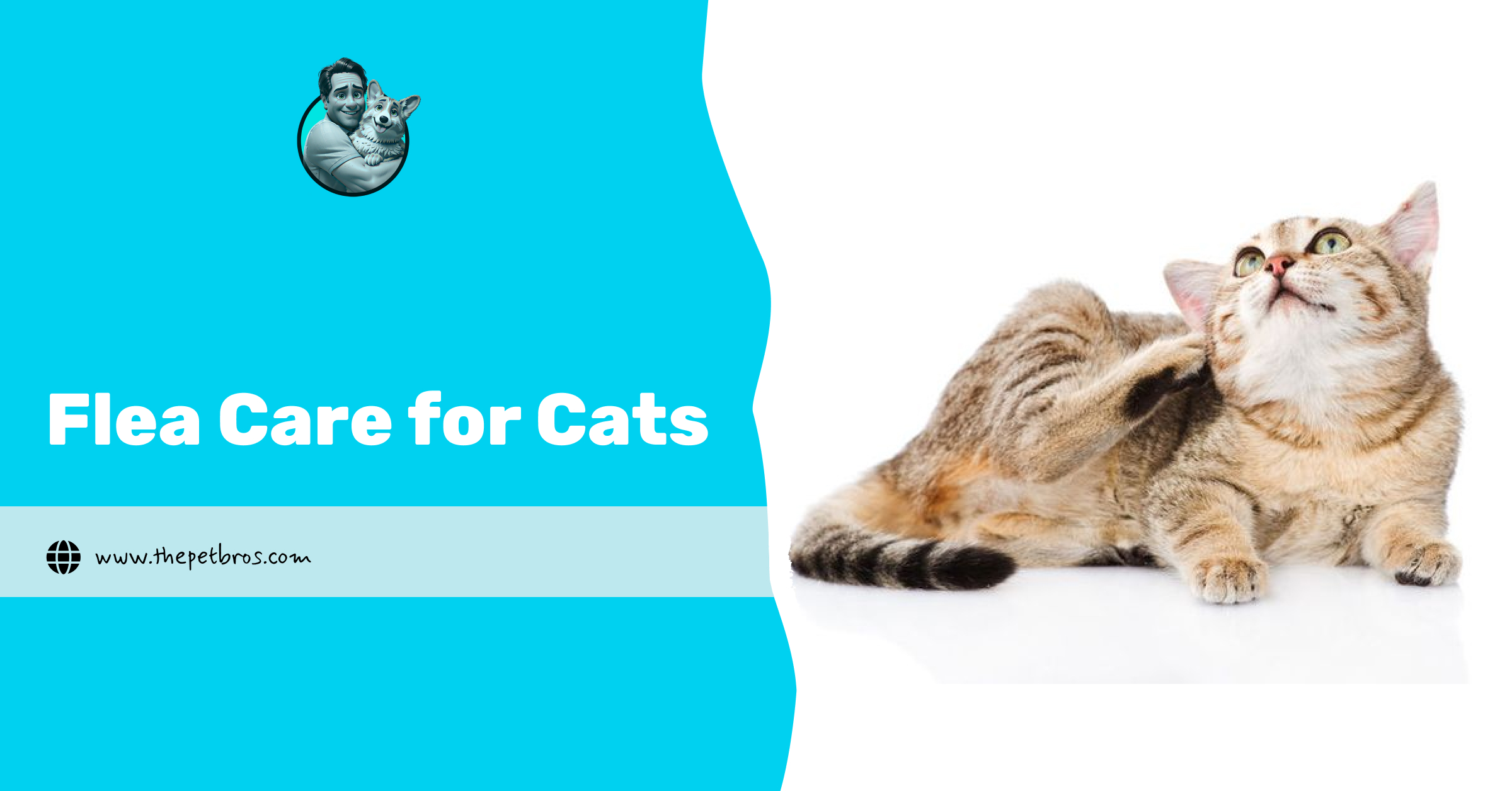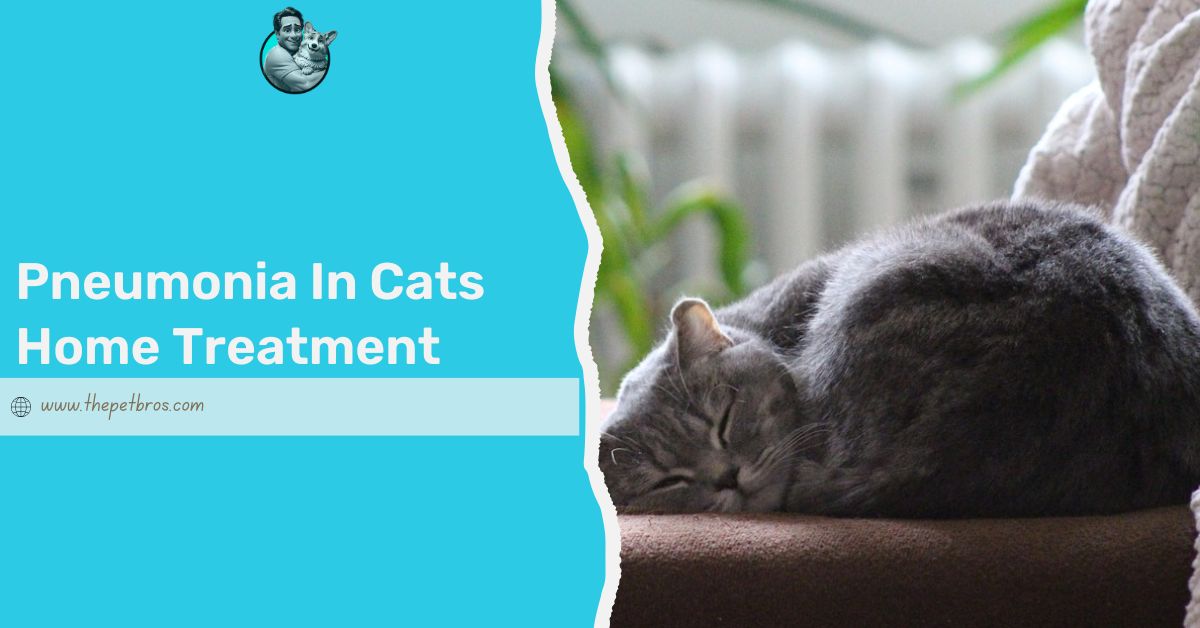Your cat deserves a life full of naps, play, and purrs, not scratching fits and midnight grooming marathons. Yet for many pet parents, the first sign of trouble comes when that soft rumble of contentment turns into a scratching frenzy. Fleas and ticks don’t just make cats uncomfortable; they’re stealthy invaders capable of multiplying fast. In fact, a single female flea can lay up to 50 eggs a day. That’s why flea care for cats isn’t optional; it’s a year-round act of love.
Fleas feed on your cat’s blood, causing allergic reactions, hair loss, and even anaemia in kittens. Ticks can spread dangerous illnesses, such as Lyme disease and Bartonellosis, affecting pets and sometimes humans as well. Whether your cat is an adventurous explorer or a proud indoor napper, prevention keeps them safe, healthy, and comfortable. In this guide, we’ll explore the best flea treatments for cats and practical tips for daily protection. Let’s get straight into it.
Why Flea Care for Cats is Important
When it comes to keeping your cat healthy, regular flea care for cats is just as essential as a good diet or routine grooming. Fleas and ticks are more than just itchy nuisances; they’re blood-feeding parasites that can trigger allergic reactions, spread disease, and cause serious health issues if left untreated.
- Fleas and ticks feed on your cat’s blood, potentially leading to anaemia, skin irritation, and dermatitis.
- They can transmit dangerous diseases such as Bartonellosis, tapeworms, and Rocky Mountain Spotted Fever.
- Consistent flea and tick treatments for cats help prevent secondary infections, soothe skin irritation, and reduce allergic reactions.
- Even indoor cats are at risk, as fleas can sneak in through shoes, clothing, or the visits of other pets.
- Year-round prevention keeps your cat comfortable and protects your entire household from infestations.
5 Common Types of Flea and Tick Treatments for Cats
Not all flea treatments for cats work the same way, so knowing your options helps you choose what fits your cat’s lifestyle best. Each method has its pros and things to watch out for, but when used correctly, all contribute to effective flea care for cats.
- Topical Treatments: These liquid solutions are applied to the back of your cat’s neck, where they can’t lick. They spread across the skin’s natural oils, killing fleas and ticks on contact. Topicals are easy to use and last about a month, but you’ll need to avoid bathing your cat too soon after application.
- Oral Treatments: Pills or chewable tablets work from the inside out, circulating through your cat’s bloodstream and killing fleas when they bite. Oral flea and tick treatments for cats act quickly, often within hours and are ideal for homes with children or multiple pets.
- Collars and Sprays: Flea collars release active ingredients slowly, offering long-term protection that can last up to eight months. Sprays can provide short-term control, especially on bedding or soft furniture.
- Prescription Products: Vet-prescribed flea treatments for cats are to be stronger than over-the-counter versions. They often combine flea, tick, and worm prevention in a single dose. Your vet will guide you on the safest choice based on your cat’s weight, age, and health condition.
- Flea Combs and Grooming Tools: Although not a standalone treatment, regular grooming helps remove adult fleas and flea dirt before infestations spread. Combing also helps you spot early signs of cat fleas.
How Your Cat’s Health and Lifestyle Shape Treatment Choices
Every cat is unique, and that’s what makes flea care for cats more than just routine prevention; it’s about choosing the right approach for your pet’s body, habits, and temperament. Before selecting any flea treatments for cats, take time to consider their health condition, age, and personality.
Some cats are naturally more sensitive than others. Cats with neurological issues or Down syndrome-like characteristics, for instance, may have slower reflexes, poor coordination, or reduced tolerance to strong medications. Always discuss these conditions with your veterinarian before starting any flea and tick treatments for cats, as certain ingredients (such as isoxazolines) may not be suitable. Testing for the MDR-1 gene can also help identify potential drug sensitivities in advance.
Personality plays a role, too. Orange cats, known for their confident and sometimes mischievous streak, often spend more time exploring, making them slightly more prone to picking up fleas outdoors. On the other hand, shy or strictly indoor cats might face lower exposure but still benefit from consistent prevention, especially when other pets share the home.
Lifestyle and environment also matter. Cats with thick fur, like maine coons or those that frequent baths, may need longer-lasting oral treatments instead of topical ones. Kittens under eight weeks old require specially formulated products, while seniors may need gentler alternatives. The goal is to match every treatment to your cat’s individual rhythm, their coat, habits, and health, all of which guide the safest path for effective flea care.
5 Natural Home Remedies for Fleas on Cats
While vet-approved treatments remain the safest way to eliminate and prevent infestations, a few home remedies for fleas on cats can complement your routine, too. These options don’t replace professional care but can help soothe irritation, keep your home cleaner, and reduce the chance of fleas returning.
- Lemon Spray for Light Prevention: Lemons contain citric acid, which naturally repels fleas. Mix sliced lemons with boiled water, let it cool, and lightly mist your cat’s bedding or favourite resting areas. Avoid spraying directly on your cat’s skin, as citrus can irritate sensitive cats.
- Rosemary Flea Rinse: Boil fresh rosemary leaves in water, strain, and allow the liquid to cool. Use it as a final rinse after a bath or wipe it through your cat’s fur with a damp cloth. This herb has gentle anti-flea properties that support ongoing flea care for cats.
- Coconut Oil Massage: A small amount of coconut oil, rubbed between your hands and brushed through your cat’s coat, can help fleas slip right off. It also conditions the fur, leaving it shiny and smooth especially handy for long-haired breeds.
- Apple Cider Vinegar Mix: A 1:1 mix of apple cider vinegar and water acts as a mild repellent when sprayed onto flea-prone areas of your home. For cats, apply sparingly with a cloth rather than a direct spray, avoiding eyes and open skin.
- Regular Home Cleaning Routine: The most straightforward but most powerful remedy of all is consistent cleaning. Vacuum carpets, wash bedding at 60°C, and treat every pet in your home simultaneously. It breaks the flea life cycle and supports the long-term success of flea and tick treatments for cats.

Conclusion
Caring for your cat means staying one step ahead of tiny troubles. Consistent flea care for cats is about protecting their comfort, skin health, and overall well-being. With regular flea treatments for cats, home cleaning, and vet guidance, you can keep those persistent pests away for good. Combine prevention with gentle grooming and love, and you’ll give your feline a life filled with peace, naps, and purrs instead of bites and itches.
Flea Care For Cats FAQs
Do I need to treat my house if my cat has fleas?
Yes, most fleas live in carpets, bedding, and furniture. Treat your home alongside your cat to completely remove the infestation.
What kills fleas on cats immediately?
Fast-acting oral tablets and vet-recommended spot-ons work within hours. Avoid over-the-counter sprays that aren’t made for cats.
What is the best way to treat a cat with fleas?
Use a vet-approved product, follow the dosage exactly, clean your home, and continue monthly prevention to stop future outbreaks.














